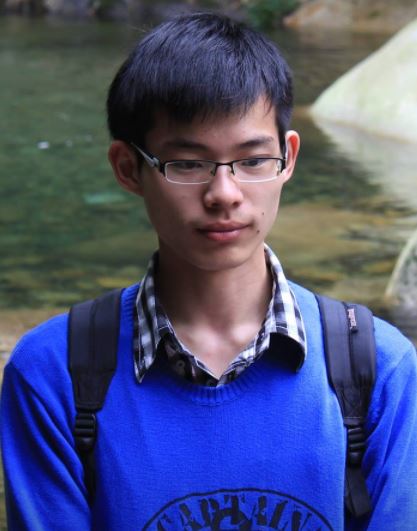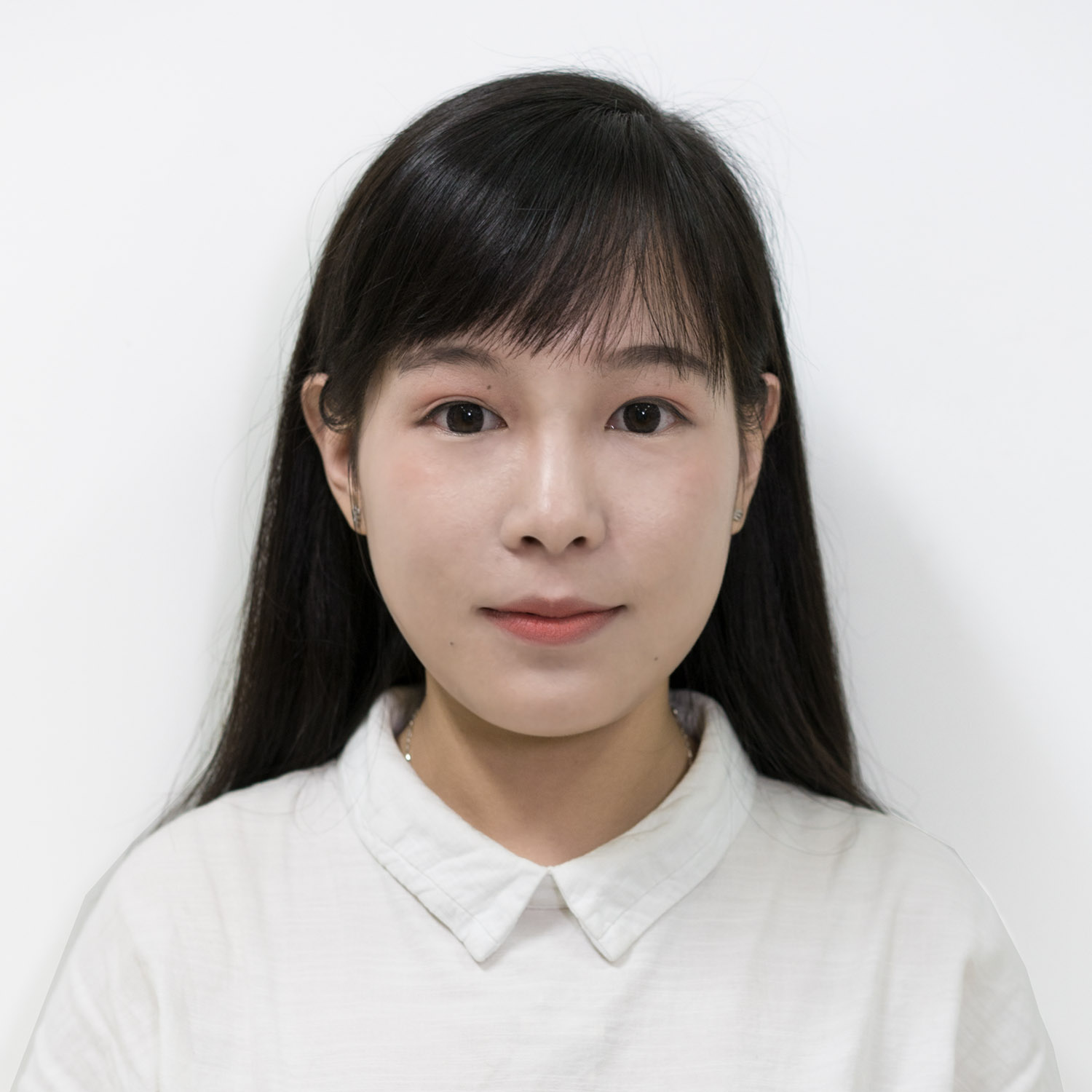 siggraph
siggraph
siggraph
siggraph
TVCG Special Session on Visualization
 Full Conference Pass
Full Conference Pass Full Conference 1-Day Pass
Full Conference 1-Day Pass Basic Conference Pass
Basic Conference Pass
Date/Time: 28 November 2017, 02:15pm - 04:00pm
Venue: Silk 4
Location: Bangkok Int'l Trade & Exhibition Centre (BITEC)
Dynamic Load Balancing Based on Constrained K-D Tree Decomposition for Parallel Particle Tracing
Summary: We propose a dynamically load-balanced algorithm for parallel particle tracing, which periodically attempts to evenly redistribute particles across processes based on k-d tree decomposition. Each process is assigned with (1) a statically partitioned, axis-aligned data block that partially overlaps with neighboring blocks in other processes and (2) a dynamically determined k-d tree leaf node that bounds the active particles for computation; the bounds of the k-d tree nodes are constrained by the geometries of data blocks. Given a certain degree of overlap between blocks, our method can balance the number of particles as much as possible. Compared with other load-balancing algorithms for parallel particle tracing, the proposed method does not require any preanalysis, does not use any heuristics based on flow features, does not make any assumptions about seed distribution, does not move any data blocks during the run, and does not need any master process for work redistribution. Based on a comprehensive performance study up to 8K processes on a Blue Gene/Q system, the proposed algorithm outperforms baseline approaches in both load balance and scalability on various flow visualization and analysis problems.
Author(s): Jiang Zhang, Key Laboratory of Machine Perception (Ministry of Education), School of EECS, Peking University Hanqi Guo, Mathematics and Computer Science Division, Argonne National Laboratory Fan Hong, Key Laboratory of Machine Perception (Ministry of Education), School of EECS, Peking University Xiaoru Yuan, Key Laboratory of Machine Perception (Ministry of Education), School of EECS, Peking University Tom Peterka, Mathematics and Computer Science Division, Argonne National Laboratory
Speaker(s): Xiaoru Yuan, Key Laboratory of Machine Perception (Ministry of Education), School of EECS, Peking University

StreetVizor: Visual Exploration of Human-Scale Urban Forms Based on Street Views
Summary: Urban forms at human-scale, i.e., urban environments that individuals can sense (e.g., sight, smell, and touch) in their daily lives, can provide unprecedented insights on a variety of applications, such as urban planning and environment auditing. The analysis of urban forms can help planners develop high-quality urban spaces through evidence-based design. However, such analysis is complex because of the involvement of spatial, multi-scale (i.e., city, region, and street), and multivariate (e.g., greenery and sky ratios) natures of urban forms. In addition, current methods either lack quantitative measurements or are limited to a small area. The primary contribution of this work is the design of StreetVizor, an interactive visual analytics system that helps planners leverage their domain knowledge in exploring human-scale urban forms based on street view images. Our system presents two-stage visual exploration: 1) an AOI Explorer for the visual comparison of spatial distributions and quantitative measurements in two areas-of-interest (AOIs) at city- and region-scales; 2) and a Street Explorer with a novel parallel coordinate plot for the exploration of the fine-grained details of the urban forms at the street-scale. We integrate visualization techniques with machine learning models to facilitate the detection of street view patterns. We illustrate the applicability of our approach with case studies on the real-world datasets of four cities, i.e., Hong Kong, Singapore, Greater London and New York City. Interviews with domain experts demonstrate the effectiveness of our system in facilitating various analytical tasks.
Author(s): Qiaomu Shen, Hong Kong University of Science and Technology Wei Zeng, Future Cities Laboratory, ETH Zurich Yu Ye, Tongji University Stefan Müller Arisona, University of Applied Sciences and Arts Northwestern Switzerland FHNW Simon Schubiger, University of Applied Sciences and Arts Northwestern Switzerland FHNW Remo Burkhard, Future Cities Laboratory, ETH Zurich Huamin Qu, Hong Kong University of Science and Technology
Speaker(s): Huamin Qu, Hong Kong University of Science and Technology

Voila: Visual Anomaly Detection and Monitoring with Streaming Spatiotemporal Data
Summary: The increasing availability of spatiotemporal data continuously collected from various sources provides new opportunities for a timely understanding of the data in their spatial and temporal context. Finding abnormal patterns in such data poses significant challenges. Given that there is often no clear boundary between normal and abnormal patterns, existing solutions are limited in their capacity of identifying anomalies in large, dynamic and heterogeneous data, interpreting anomalies in their multifaceted, spatiotemporal context, and allowing users to provide feedback in the analysis loop. In this work, we introduce a unified visual interactive system and framework, Voila, for interactively detecting anomalies in spatiotemporal data collected from a streaming data source. The system is designed to meet two requirements in real-world applications, i.e., online monitoring and interactivity. We propose a novel tensor-based anomaly analysis algorithm with visualization and interaction design that dynamically produces contextualized, interpretable data summaries and allows for interactively ranking anomalous patterns based on user input. Using the "smart city" as an example scenario, we demonstrate the effectiveness of the proposed framework through quantitative evaluation and qualitative case studies.
Author(s): Nan Cao, Intelligent Big Data Visualization (iDVx) Lab, Tongji University Chaoguang Lin, Intelligent Big Data Visualization (iDVx) Lab, Tongji University Qiuhan Zhu, Intelligent Big Data Visualization (iDVx) Lab, Tongji University Yu-Ru Lin, University of Pittsburgh Xian Teng, University of Pittsburgh Xidao Wen, University of Pittsburgh
Speaker(s): Nan Cao, Intelligent Big Data Visualization (iDVx) Lab, Tongji University

VAUD: A Visual Analysis Interface for Urban Data
Summary: Urban data is massive, heterogeneous, and spatio-temporal, posing a substantial challenge for visualization and analysis. In this paper, we design and implement a novel visual analytics approach, Visual Analyzer for Urban Data (VAUD), that supports the visualization, querying, and exploration of urban data. Our approach allows for cross-domain correlation from multiple data sources by leveraging spatial-temporal and social inter-connectedness features. Through our approach, the analyst is able to select, filter, aggregate across multiple data sources and extract information that would be hidden to a single data subset. To illustrate the effectiveness of our approach, we provide case studies on a real urban dataset that contains the cyber-, physical-, and social information of 14 million citizens over 22 days.
Author(s): Wei Chen, State Key Lab of CAD&CG, Zhejiang University Zhaosong Huang, State Key Lab of CAD&CG, Zhejiang University Feiran Wu, State Key Lab of CAD&CG, Zhejiang University Minfeng Zhu, State Key Lab of CAD&CG, Zhejiang University Huihua Guan, Computer Science&Technology, Zhejiang University Ross Maciejewski, Electrical&Computer Engineering, Purdue University
Speaker(s): Minfeng Zhu, State Key Lab of CAD&CG, Zhejiang University

Revisiting Stress Majorization as a Unified Framework for Interactive Constrained Graph Visualization
Summary: We present an improved stress majorization method that incorporates various constraints, including directional constraints without the necessity of solving a constraint optimization problem. This is achieved by reformulating the stress function to impose constraints on both the edge vectors and lengths instead of just on the edge lengths (node distances). This is a Unified framework for both constrained and unconstrained graph visualizations, where we can model most existing layout constraints, as well as develop new ones such as the star shapes and cluster separation constraints within stress majorization. This improvement also allows us to parallelize computation with an efficient GPU conjugant gradient solver, which yields fast and stable solutions, even for large graphs. As a result, we allow the constraint-based exploration of large graphs with 10K nodes – an approach which previous methods cannot support.
Author(s): Yunhai Wang, Shandong University Yanyan Wang, Shandong University Yinqi Sun, Shandong University Lifeng Zhu, Southeast University Kecheng Lu, Shandong University Chi-Wing Fu, Chinese University of Hong Kong & VRHIT SIAT Michael Sedlmair, University of Vienna Oliver Deussen, Konstanz University & VCC SIAT Baoquan Chen, Shandong University
Speaker(s): Yanyan Wang, Shandong University


